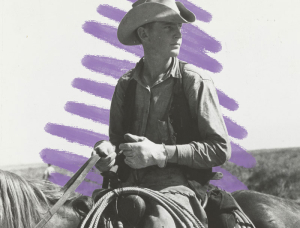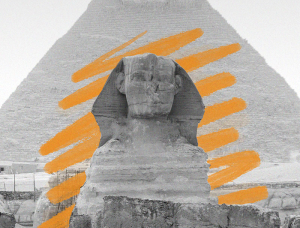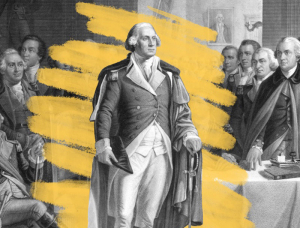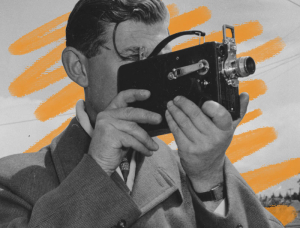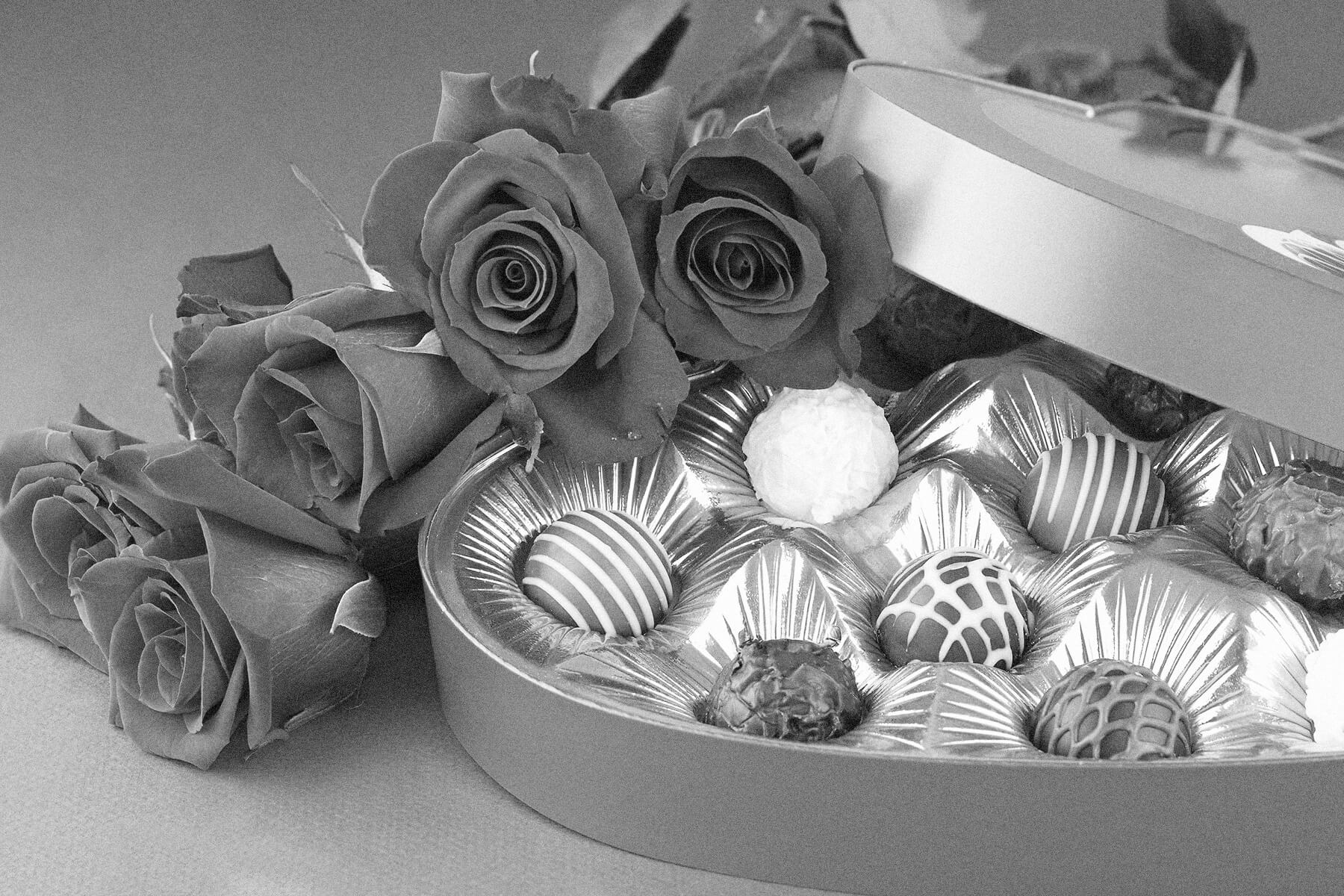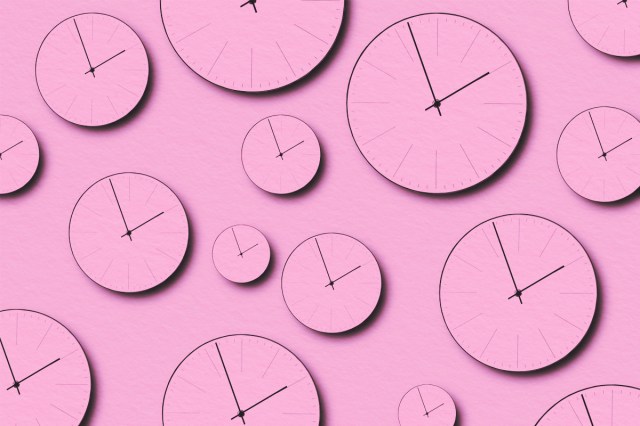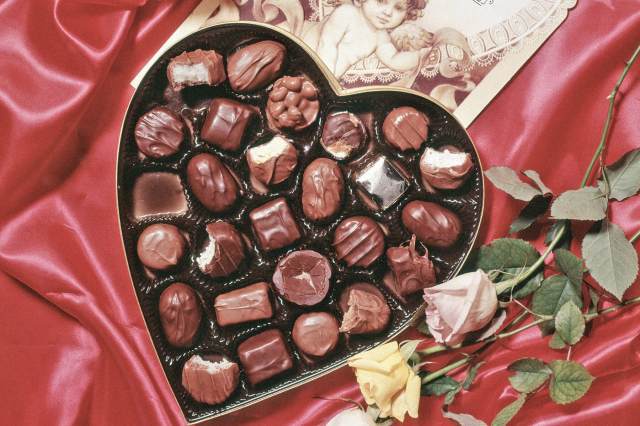Why We Give Chocolates and Flowers on Valentine’s Day
Valentine’s Day is widely recognized as a celebration of love and affection, but the origins of the day are somewhat ambiguous. As the holiday evolved from a blend of Roman rituals, Christian traditions, and medieval courtly love through centuries, chocolates and flowers became nearly synonymous with February 14. But why are these two items the default symbols of romance on Valentine’s Day?
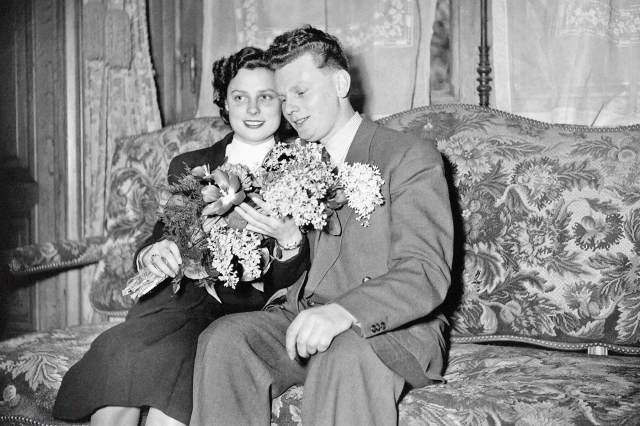
Say It With Flowers
More flowers are given on Valentine’s Day than on any other holiday. While practical and symbolic uses of flowers trace back to ancient civilizations, and flowers have certainly long embodied love and beauty in poetry and art, the custom of gifting them for Valentine’s Day as we know it today began in the Victorian era. The practice evolved from both the historical association between flowers and romance and, most importantly, the era’s use of flowers to express feelings that might have been deemed too bold to express verbally.
In 19th-century Europe and America, courtship was dictated by strict rules of etiquette, and gifts exchanged between romantic partners were heavily restricted outside of marriage; flowers, seen as both beautiful and ephemeral, were one of the few acceptable tokens of affection. The art of floriography — using flowers to represent sentiments without words — became a popular way to convey feelings discreetly. Bouquets were thoughtfully arranged with specific flowers, each carrying a particular meaning. While violets were considered the original Valentine’s flower, symbolizing modesty and fidelity, over time, red roses — already steeped in centuries of romantic symbolism — became the most common choice. Carnations, another favorite, signified strong feelings of either love or hurt, depending on the color.
The practice of giving flowers as a romantic gesture gained traction in the early 1800s. The book Langage des fleurs (Language of Flowers) by Charlotte de Latour was first published in 1819 and was widely translated and circulated in the following decades. Later works, such as Kate Greenaway’s illustrated 1884 book Language of Flowers, helped cement the art at a time when Valentine’s Day itself was flourishing as a holiday of romantic gestures. As the 20th century carried on, flowers became an even bigger business, with refrigeration and transportation accelerating commercialization and accessibility to blooms of any kind, and at any time, around the world. Today, Americans spend more than $2 billion on Valentine’s Day flowers. Roses remain the most popular, with about 250 million of them grown just for February 14.
